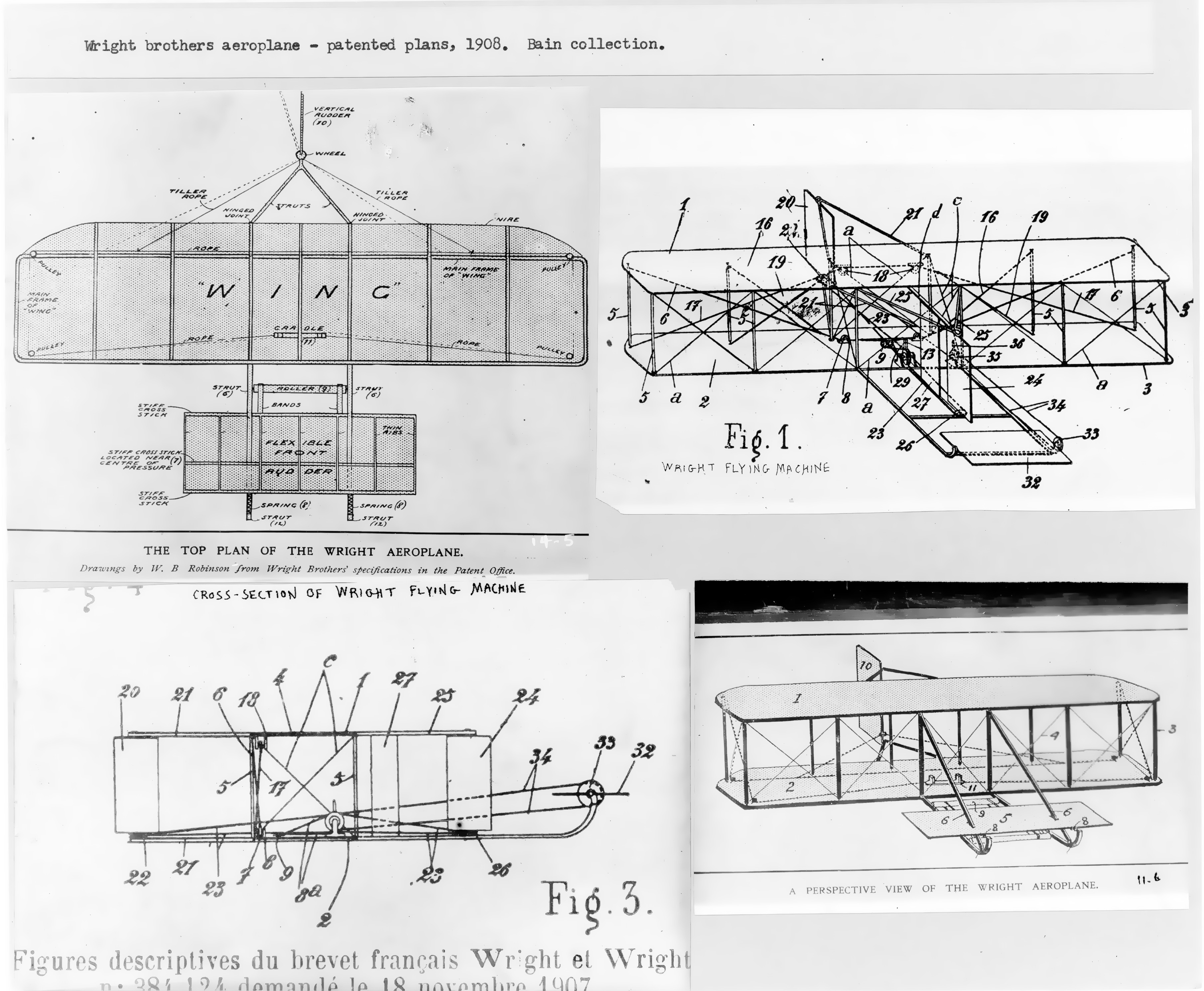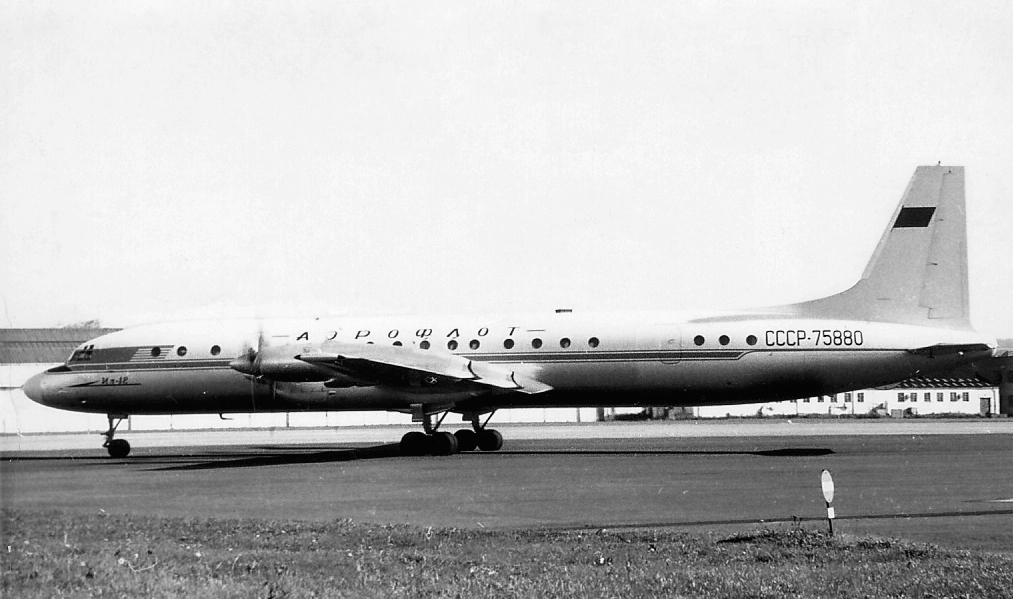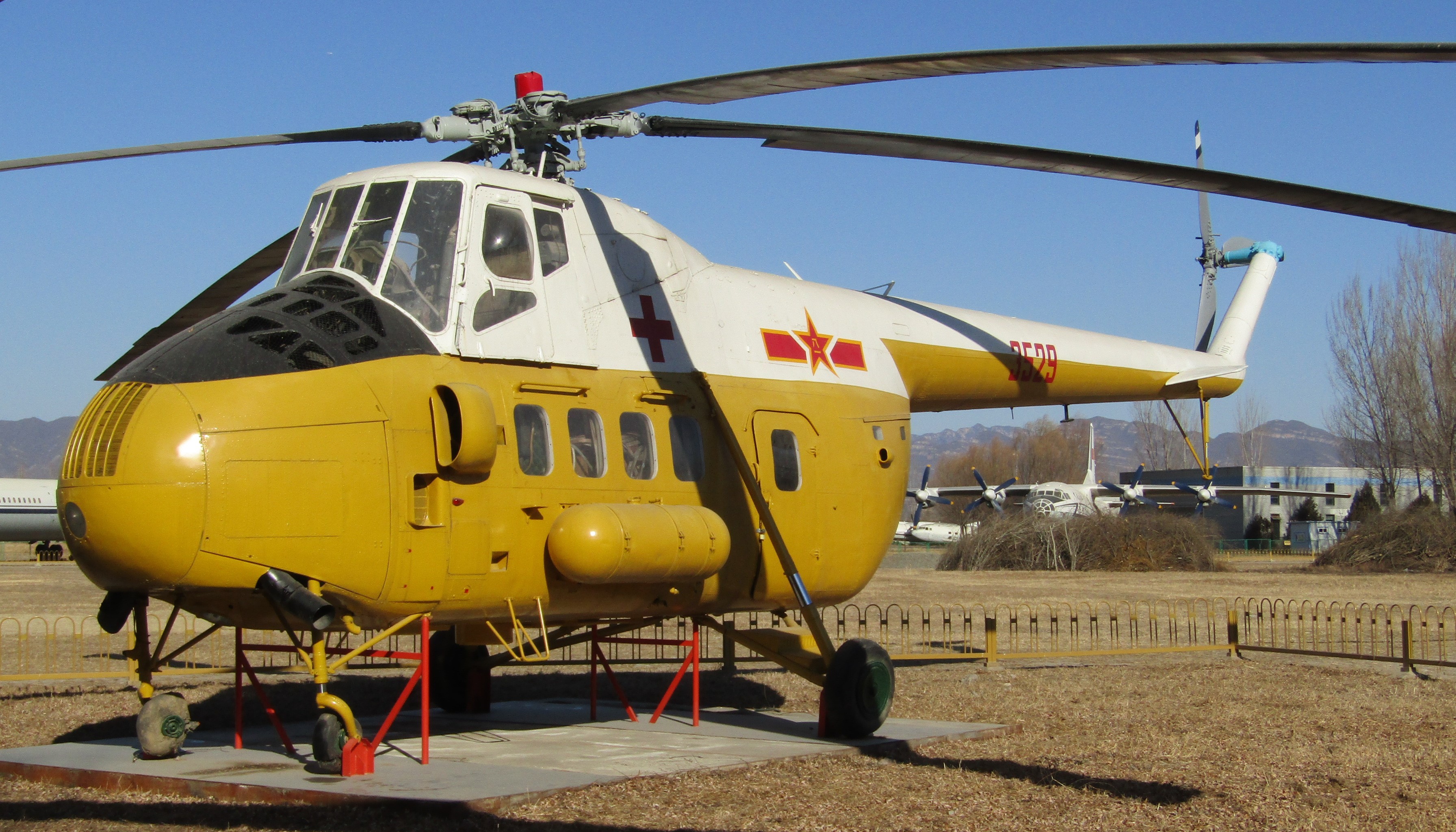|
Chinese Aviation Museum
The China Aviation Museum () is an aviation museum located in Beijing, China. It is affiliated with the People's Liberation Army Air Force and co-sponsored by the Aviation Industry Corporation of China. The museum is a national first-class museum accredited by the National Cultural Heritage Administration. The China Aviation Museum was first opened to the public on 11 November 1989, to celebrate the 40th anniversary of the founding of the People's Liberation Army Air Force. Part of the museum is located inside a cave in the side of Datangshan Mountain. The cavern was originally part of the tunnels and underground bunker system of Shahezhen Airbase, and is long by high by wide. Collection There are more than 200 aircraft on display, with an emphasis on the Korean War and the Cold War The Cold War was a period of global Geopolitics, geopolitical rivalry between the United States (US) and the Soviet Union (USSR) and their respective allies, the capitalist Western ... [...More Info...] [...Related Items...] OR: [Wikipedia] [Google] [Baidu] |
Datangshan
Datangshan () is a village and a hill in the Changping District of Beijing, China. It is one the villages under the administration of Xiaotangshan town. The hill was named Datangshan ("great hot spring hill") on account of the presence of hot springs in the area. The village, named after the hill, has existed since the Ming dynasty. The China Aviation Museum is located in Datangshan. Transportation * N 6th Ring Road * Beijing Metro Changping Line Attractions It is the site of China's largest aviation museum, the China Aviation Museum The China Aviation Museum () is an aviation museum located in Beijing, China. It is affiliated with the People's Liberation Army Air Force and co-sponsored by the Aviation Industry Corporation of China. The museum is a national first-class .... * Jiuhua Resort and Convention Centre * Xiaotangshan Hot Springs References Landforms of Beijing Changping District Hills of China {{Beijing-geo-stub ... [...More Info...] [...Related Items...] OR: [Wikipedia] [Google] [Baidu] |
Wright Flyer
The ''Wright Flyer'' (also known as the ''Kitty Hawk'', ''Flyer'' I or the 1903 ''Flyer'') made the first sustained flight by a manned heavier-than-air powered and controlled aircraft on December 17, 1903. Invented and flown by brothers Wright brothers, Orville and Wilbur Wright, it marked the beginning of the Aviation in the pioneer era, pioneer era of aviation. The aircraft is a single-place biplane design with Dihedral (aeronautics)#Anhedral and polyhedral, anhedral (drooping) wings, front double Elevator (aeronautics), elevator (a canard (aeronautics), canard) and rear double rudder. It used a gasoline engine powering two pusher propellers. Employing "wing warping", it was relatively unstable and very difficult to fly. The Wright brothers flew it four times in a location now part of the town of Kill Devil Hills, North Carolina, Kill Devil Hills, about south of Kitty Hawk, North Carolina. The airplane flew on its fourth and final flight, but was damaged on landing, and ... [...More Info...] [...Related Items...] OR: [Wikipedia] [Google] [Baidu] |
Lavochkin La-11
The Lavochkin La-11 (NATO reporting name Fang) was an early post-World War II Soviet long-range piston-engined fighter aircraft. The design was essentially that of a Lavochkin La-9 with additional fuel tanks and the removal of one of the four 23 mm Nudelman-Suranov NS-23 cannons. Like the La-9, the La-11 was designed to be a low to medium-altitude general-purpose fighter, although the additional fuel tanks were added with the intent of employing the La-11 in the escort fighter role. In reality, the La-11 would go on to serve almost exclusively as an interceptor, with the majority of its engagements during the Korean War seeing it pitted against bomber and transport aircraft. While an improvement over earlier aircraft, the La-9 and La-11 retained the poor high-altitude performance that was common among many Soviet piston-engined airframes, with the La-11 enjoying only a 20 km/h (12 mph) advantage over the Boeing B-29 Superfortress at the latter’s cruising altit ... [...More Info...] [...Related Items...] OR: [Wikipedia] [Google] [Baidu] |
Ilyushin Il-2 Shturmovik
The Ilyushin Il-2 (Russian language, Russian: Илью́шин Ил-2) is a Ground attack aircraft, ground-attack plane that was produced by the Soviet Union in large numbers during the World War II, Second World War. The word ''shturmovík'' (Cyrillic script, Cyrillic: штурмовик), the generic Russian term for a ground-attack aircraft, became a synecdoche for the Il-2 in English sources, where it is commonly rendered Shturmovik, StormovikStapfer, 1995 and Sturmovik.Rastrenin, 2008 To Il-2 pilots, the aircraft was known by the diminutive "Ilyusha". To the soldiers on the ground, it was called the "Hunchback", the "Flying Tank" or the "Flying Infantryman". Its postwar List of NATO reporting names for bombers, NATO reporting name was Bark.Gunston 1995, p. 106. During the war, 36,183 units of the Il-2 were produced, and in combination with its successor, the Ilyushin Il-10, a total of 42,330Jane's 1989, p. 529. were built, making it the single most produced military aircraf ... [...More Info...] [...Related Items...] OR: [Wikipedia] [Google] [Baidu] |
Ilyushin Il-18
The Ilyushin Il-18 (; NATO reporting name: Coot) is a large turboprop airliner that first flew in 1957 and became one of the best known Soviet aircraft of its era. The Il-18 was one of the world's principal airliners for several decades and was widely exported. Due to the aircraft's durability, many examples achieved over 45,000 flight hours and the type remains operational in both military and (to a lesser extent) civilian capacities. The Il-18's successor was the longer-range Ilyushin Il-62. Design and development Two Soviet Union, Soviet aircraft shared the designation Ilyushin Il-18. The first Il-18 was a propeller-driven airliner of 1946 but after a year of test flights that programme was abandoned. In the early 1950s with a need to replace older designs and increase the size of the Soviet civil transport fleet, a Soviet Council of Ministers directive was issued on 30 December 1955 to the chief designers Kuznetsov and Ivchenko to develop new turboprop engines and to Ilyus ... [...More Info...] [...Related Items...] OR: [Wikipedia] [Google] [Baidu] |
Hawker Siddeley Trident
The Hawker Siddeley HS-121 Trident (originally the de Havilland DH.121 and briefly the Airco DH.121) is a British airliner produced by Hawker Siddeley. In 1957, de Havilland proposed its DH.121 trijet design to a British European Airways (BEA) request. By 1960, de Havilland had been acquired by Hawker Siddeley. The Trident's maiden flight happened on 9 January 1962, and it was introduced on 1 April 1964, two months after its main competitor, the Boeing 727. By the end of the programme in 1978, 117 Tridents had been produced. The Trident was withdrawn from service in 1995. The jetliner is powered by three rear-mounted Rolls-Royce Spey low-bypass turbofans, it has a low swept wing and a T-tail. Advanced avionics allowed it to be the first airliner to make a blind landing in revenue service in 1965. The initial Trident 1/2 could seat 101–115 passengers over up to . The Trident 3 was stretched by to seat 180 over , and had an additional RB.162 booster engine in the tail. ... [...More Info...] [...Related Items...] OR: [Wikipedia] [Google] [Baidu] |
Harbin/CHDRI Z-6
The Harbin/CHDRI Z-6, (Z - ''Zhishengji'' - vertical take-off aircraft), is a Chinese helicopter development based on the Harbin Z-5, itself a licence-built / reverse engineered Mil Mi-4. A limited production run was terminated after performance was found to be inferior to its Z-5 progenitor (sources vary from 6 to 15 completed out of orders for 100). Design and development Through the Z-5 project the Chinese obtained valuable knowledge and experience in helicopter design and development. The Z-6 is a turboshaft powered development of the piston engine powered Z-5, the first Chinese designed turboshaft helicopter. The major difference is that the piston engine is replaced by a Dongan WZ-5 turboshaft engine, mounted above the cabin forward of the main gearbox. Development began in 1966 at the Harbin Aircraft Manufacturing Corporation (HAMC), but two years later development was moved to the newly formed Chinese Helicopter Design Research Institute (CHDRI), with HAMC still respo ... [...More Info...] [...Related Items...] OR: [Wikipedia] [Google] [Baidu] |
Harbin Z-5
The Harbin Z-5 (''Zhishengji'' – helicopter) is a Chinese variant of the Soviet Mil Mi-4 piston powered helicopter. Before its discontinuation from service, it was produced in Harbin, China. History The Soviets provided China with Mi-4 blueprints just a few years before the Sino-Soviet split in 1958; maiden flight was in 1958 and mass production started in the mid-1960s. China has produced a number of unique variants through this model, and the Z-5 was employed by the PLA, PLAAF and PLANAF in large numbers as reserve forces. A total of 558 Z-5 were built. A few Z-5 helicopters were modified to carry machine-guns and rocket pods. During the Chinese-Western rapprochement, one Z-5 was refitted with a Pratt & Whitney Canada PT6T-6 "Twin Pac" turbo-shaft engine in 1979. Some sources refer to this as the Z-6, but this variant was discontinued after its first model. Variants The text in parentheses is used for distinction. ;Z-5(Z-5A) : Military transport helicopter.In terms of the ... [...More Info...] [...Related Items...] OR: [Wikipedia] [Google] [Baidu] |
Fairchild PT-19
The Fairchild PT-19 (company designation Fairchild M62) is an American monoplane primary trainer aircraft that served with the United States Army Air Forces, Royal Air Force, RAF and Royal Canadian Air Force, RCAF during World War II. Designed by Fairchild Aircraft, it was a contemporary of the Boeing-Stearman Kaydet, Kaydet biplane trainer, and was used by the USAAF during Primary Flying Training. As with other USAAF trainers of the period, the PT-19 had multiple designations based on the powerplant installed. Design and development According to H.L. Puckett, "Still U.S. pilots were receiving their primary flight training in biplanes, although the low wing advance trainer was in use. A look around showed that there was no low wing primary trainer being produced in the U.A. Sherman Fairchild, Fairchild felt this urgency and set his organization at work on such a low wing trainer with the proposal that the new proven Ranger be used as the power plant for the new airplane to be ... [...More Info...] [...Related Items...] OR: [Wikipedia] [Google] [Baidu] |
Douglas DC-8
The Douglas DC-8 (sometimes McDonnell Douglas DC-8) is an early long-range Narrow-body aircraft, narrow-body jetliner designed and produced by the American Douglas Aircraft Company. Work began in 1952 towards the United States Air Force's (USAF) requirement for a jet-powered aerial refueling, aerial refueling tanker. After losing the USAF's tanker competition to the rival Boeing KC-135 Stratotanker in May 1954, Douglas announced in June 1955 its derived jetliner project marketed to civil operators. In October 1955, Pan American World Airways, Pan Am made the first order along with the competing Boeing 707, and many other airlines soon followed. The first DC-8 was rolled out in Long Beach Airport on April 9, 1958, and flew for the first time on May 30. Following Federal Aviation Administration (FAA) certification in August 1959, the DC-8 entered service with Delta Air Lines on September 18. Permitting six-abreast seating, the four-engined jet aircraft, four-engined, low-wing je ... [...More Info...] [...Related Items...] OR: [Wikipedia] [Google] [Baidu] |
De Havilland Mosquito
The de Havilland DH.98 Mosquito is a British twin-engined, multirole combat aircraft, introduced during the World War II, Second World War. Unusual in that its airframe was constructed mostly of wood, it was nicknamed the "Wooden Wonder", or "Mossie". In 1941, it was one of the fastest operational aircraft in the world.. Originally conceived as an unarmed fast bomber, the Mosquito's use evolved during the war into many roles, including low- to medium-altitude daytime tactical bomber, high-altitude night bomber, Pathfinder (RAF), pathfinder, Day fighter, day or night fighter, fighter-bomber, intruder (air combat), intruder, maritime strike aircraft, maritime strike, and photo-reconnaissance aircraft. It was also used by the British Overseas Airways Corporation as a fast transport to carry small, high-value cargo to and from Neutrality (international relations), neutral countries through German-occupied Europe, enemy-controlled airspace. The crew of two, pilot and navigator, sat ... [...More Info...] [...Related Items...] OR: [Wikipedia] [Google] [Baidu] |





